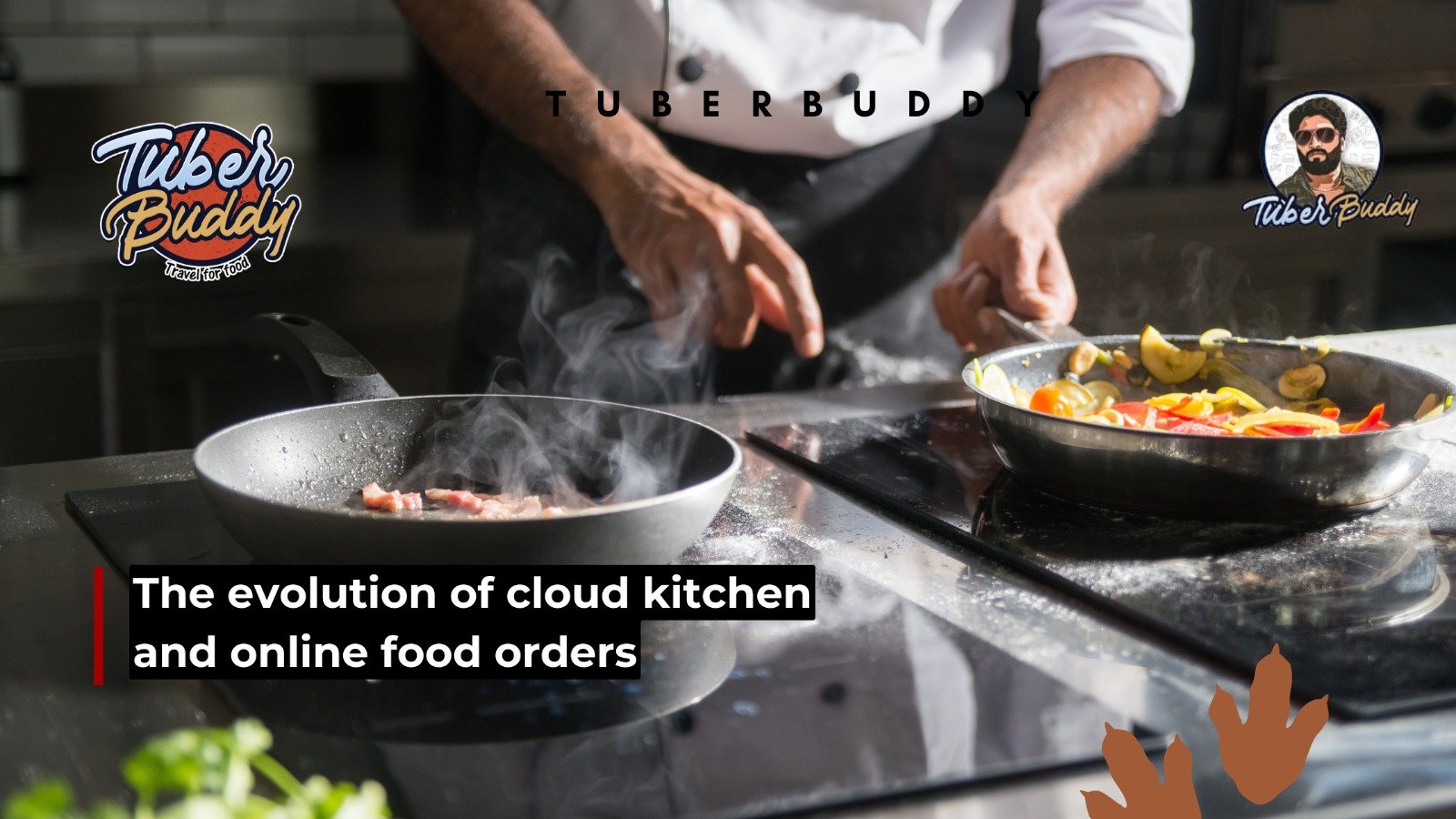The Evolution of Cloud Kitchen and Online Food Orders

The way we consume food is forever changed. In a technology, convenience, and lifestyle-changed world that believes and functions on the same lines, the food sector has experienced one of its most thrilling revolutions. The growth of cloud kitchen and online ordering is not a trend—it’s a revolution that is shaping the way we eat tomorrow.”. From phone-in takeouts to app-based deliveries and data-driven virtual restaurants, the journey brings us through our way of indulging in food in a digital-first world.
What Is Cloud Kitchens
Cloud kitchens, ghost kitchens, or virtual restaurants, are restaurants that sell through delivery only. They have no dining space and no waiters. They are only concerned with food delivery and have no dining space. In most situations, there is a single kitchen having multiple brands under the same umbrella and it has different cuisine coming from a single production unit.
The model reduces rent, energy, and personnel, which entrepreneurs can invest in quality ingredients, containers, and efficient delivery systems. Customers get more variety, better prices, and faster access to meals.
How Online Food Orders Transformed the Scene
Food ordering once implied years ago, picking up the phone and calling the neighborhood pizzeria. Now, food ordering is a swipe of a screen. With Swiggy, Zomato, Uber Eats, and DoorDash, hopping restaurants through menu surfing, reviews, real-time tracking, and safe online transactions are a cakewalk.
The primary driving forces behind this evolution are:
Convenience: No waits in lines or highway driving—just order and chill.
Choice: A single restaurant can provide hundreds of options.
Technology: Intelligent algorithms recommend food based on choice.
Deals and Discounts: Provide discounts and offers that make people visit again and again.
How Cloud Kitchens and Online Ordering Work Together
The prosperity of cloud kitchens is entirely based on online ordering applications. Cloud kitchens depend on apps to target customers, and apps depend on them to increase the variety of food. Cloud kitchens operate various “virtual brands” from a single kitchen, one of which can target a different consumer. A kitchen, for example, could sell burgers, Chinese noodles, and healthy salads at the same time under different brands.
This two-sided advantage functions like this:
For consumers: Increased variety of foods, quicker service.
For businesses: Reduced overhead, greater scalability.
The Evolution Timeline
Past of The evolution of cloud kitchen and online food orders can be broken down into stages:
The Telephone Era – Simple takeaway operations, predominantly pizzas and Chinese food, were run by phone calls.
- Aggregator Platforms – Operators such as Zomato and Swiggy brought many restaurants under a single umbrella, increasing choice.
- Cloud Kitchens Emerge – Small entrepreneurs saw the potential of delivery-only kitchens.
- AI-driven Decisions – Menus and prices started modifying based on local demand patterns.
- Gen-next Innovations – Driverless delivery vehicles, drones, and automated cooking gear are being piloted.
The Future of Food Delivery
Future will witness The acceleration of cloud kitchen and online food orders with:
- Hyper-personalized meal plans powered by AI and nutrition tracking.
- Eco-friendly, low-cost packaging to minimize environmental footprint.
- Increased speed of delivery with drones and intelligent delivery networks.
- Automated smart kitchens to drive costs down and provide consistency.
Diners will increasingly seek not merely speed and diversity, but also health-conscious, sustainable, and transparent food options.
Humanizing the Experience
While technology propels this venture, human touch is what is needed. Handwritten messages, green practices, reward loyalty, and warm customer support humanize the process more as an act of care handed over to the doorstep than a transaction.
Restaurants and cloud kitchens that balance technology with empathy will be at an advantage. With rising competition, customer loyalty will stem from trust, quality, and experience-not convenience.
Conclusion
The manner in which we eat has changed, and continues to change. The rise of cloud kitchen and online ordering is a testament to how human necessity begets innovation. It is a tale of determination how companies turned hardship into opportunity and how consumers accepted a world where quality, convenience, and diversity could be brought to their doorstep in minutes.
Looking to the future, this transformation isn’t just about dinnertime about how we will redefine the way we engage with meals in a time-crunched, digitally driven world. From one kitchen preparing multiple different types of cuisine to meal suggestions powered by artificial intelligence, the options are limitless. And in this ever-expanding universe, one thing is sure: the future of consumption is here, and it’s showing up delivery by delivery.
For more stories that connect past and present, Follow Tuber Buddy
